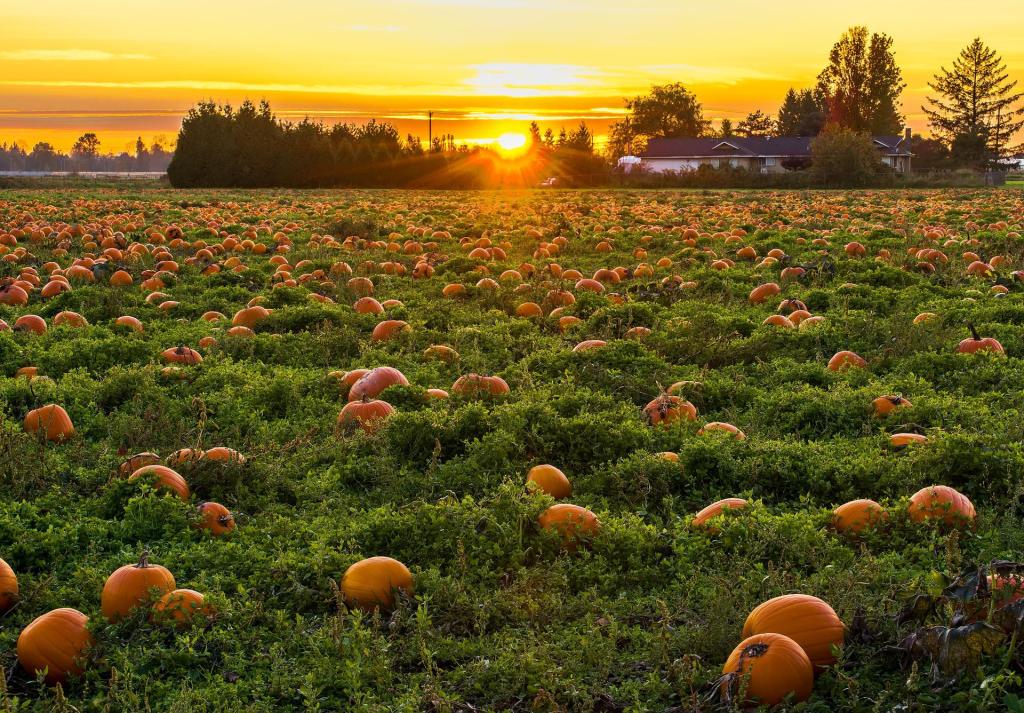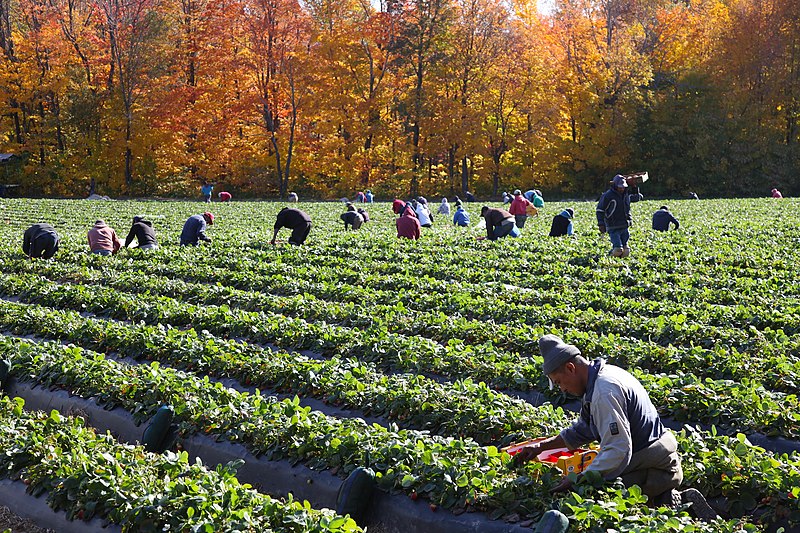7481 Woodbine Ave #203, Markham, ON L3R 2W1 (647) 806-8188
Copyright © 2021 CondoTrend. All rights reserved.

Agriculture is the cultivation of plants and the rearing of animals for food reasons. Farmers make more things, like wool and CBD oil from sheep and hemp, which are two examples.
Agriculture is a significant industry in Canada. Only around 7 percent of Canada’s land is agriculturally viable. Additional marginal(poor) lands used for cattle grazing. Aquaculture is practiced throughout the East and West Coasts and in the Great Lakes. In urban greenhouses, farmers generally have tomatoes, cannabis, and flowers as crops. The agriculture industry in Canada has several hurdles. Yet, there are some obstacles such as crop protection, soil conservation, labour, climate change, and health.
Canada’s Agriculture
Agriculture is essential to Canada’s economy. 269.004 individuals were working in agriculture as of 2018. Thus, farmers serve much larger food processing and industrial companies. Canola, cattle and calves, beef and veal, vegetables, and poultry are among most important agricultural products of Canada. Canadian businesses export agriculture, livestock, and maple syrup. Canada is one of the top exporters of agricultural products worldwide. In 2016, the value of these exports exceeded near $60 billion. Canada’s agriculture is varied and continually evolving. The bulk of its agriculture and livestock activities remain traditional. Nevertheless, Canada today boasts a significant aquaculture business. Aquaculture refers to the cultivation of aquatic creatures like fish. Protected agriculture is another kind of agriculture. It pertains to the greenhouse or warehouse production of food, flowers, mushrooms, and cannabis (see Greenhouse Crops). Additionally, some farmers grow fur-bearing animals and produce different types of crops (e.g., fibre for composite building materials). Some Canadian food production is organic. It reveals that plants and animals raised in habitats that have inspected (e.g., relating to the use of crop protection products or livestock access to the outdoors). Canada supports a variety of industries, including agriculture. Current agricultural finance provided via the Canadian Agricultural Partnership. The government aids agricultural exports and research. In addition, they help farmers in adopting novel techniques and technologies. These methods may reduce their environmental impact and increase productivity. In addition to making sure laws followed, the government oversees and keeps an eye on food safety and inspection.

Farms and farmland
Only seven percent of Canada’s land area is suitable for agriculture. The majority of this property located in Western Canada. However, marginal (or poor) land may support beef cow ranching. According to geography, soil type, and location, farms differ (latitude). The average size of a Canadian farm has grown throughout time. Simultaneously, the number of Canadian farms has declined as farmers and companies acquire more farms to expand their operations. The 2016 Canadian census reported 193,492 farms. The typical Canadian farm is roughly 800 acres in size (a little more than 3 km2). Some Western Canadian agriculture farms span hundreds of acres.

Agricultural Regions of Canada
Most crop growing in Canada occurs in the Prairie provinces (Alberta, Saskatchewan, and Manitoba). Alberta has more beef cattle operations than any other states. Saskatchewan is the leading producer of durum wheat, canola, and lentils. Manitoba boasts the most pig farms and is the second-largest producer of potatoes. Farmers in British Columbia produce vast quantities of fruits, vegetables, aquaculture products, eggs, and poultry. It has the highest concentration of grape farmers. Ontario has the most poultry farms of any province, the second-most pig and dairy farms, and the most cannabis farms. Ontario farmers also produce the most apples and corn in the country. Quebec is the leading producer of blueberries and has the most dairy farms and cows in Canada. In Atlantic Canada, agriculture is equally divided between crop and livestock production (including aquaculture). This region’s most common crop is potatoes. In addition, there are several major food product producers in Atlantic Canada (see Food and Beverage Industries).
Climate change
Due to climate change, high temperatures and drought may damage crops and cattle. Agricultural activities generate greenhouse gases that accelerate climate change (via the use of tractors and livestock, for instance). Canada’s agriculture business has reduced carbon emissions dramatically in the previous three decades. Their influence on the 21st century, including other greenhouse gases, hasn’t changed.
Increased barn efficiency and no-till farming reduce farmers’ carbon footprints. Precision farming reduces tractor fuel usage. Genetic breakthroughs in agriculture and animals have increased yields and reduced energy consumption. Rising demand for locally produced food has increased consumption of items that don’t require substantial transit. Modern technology may help farmers save fuel, heat, and energy. Some utilize the internet to manage their barns.
Sources: https://agriculture.canada.ca/en/canadas-agriculture-sectors/overview-canadas-agriculture-and-agri-food-sector#s1
https://agriculture.canada.ca/en/agriculture-and-environment/agricultural-climate-solutions
https://agriculture.canada.ca/en/canadas-agriculture-sectors/overview-canadas-agriculture-and-agri-food-sector#s2
7481 Woodbine Ave #203, Markham, ON L3R 2W1 (647) 806-8188